There can be your advertisement
300x150
7 Design Solutions to Transform Office Interiors
In recent years, there has been a shift in workplace design. Video conferencing and other collaboration technologies allow people to choose flexible work schedules or work from home. Since employees visit the office less frequently, priorities for space usage are also changing. Hot-desking has become a more common practice, and fewer people are present in the office at any given time. Comfort and spacious meeting areas have become more attractive as they provide a unique opportunity for personal interaction. However, these new requirements create new design challenges. Whether you are setting up a new office or renovating an existing one, these seven elements of workplace design should be considered.
 KLEIN Panoramic system with fixed and sliding glass panels
KLEIN Panoramic system with fixed and sliding glass panels1. Circulation
When transforming an office interior, it's not enough to consider the layout of rooms. It is also important to understand the flow between spaces. The office should be organized so that people can move through it freely without obstacles. The space should be convenient for people of all ages and sizes, allowing them to easily move from point A to point B.
This means planning paths and directions of movement between rooms, as well as the type of doors used to separate work zones. Various door types such as pocket or sliding doors (e.g., produced by KLEIN) can offer creative solutions that optimize pedestrian flow while maintaining space separation.
2. Access to Views
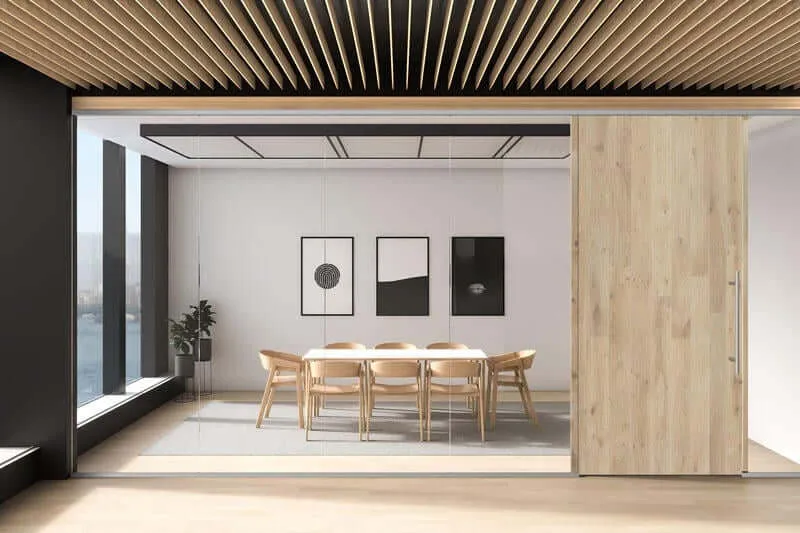 KLEIN LIGNEA system with fixed glass panels and wooden sliding door creates a relaxation room offering maximum visual connection to nature
KLEIN LIGNEA system with fixed glass panels and wooden sliding door creates a relaxation room offering maximum visual connection to natureResearch has proven that contact with nature positively impacts health and mental well-being. When people connect with nature in the workplace, it reduces fatigue, increases productivity, and relieves eye strain. The innate human tendency to connect with nature is called biophilia, which is important for well-being. If people lack access to nature and spend too much time in front of screens, it can lead to 'nature deficit disorder,' which may cause depression. Surprisingly, this human desire for nature can be satisfied through visual contact with it. Therefore, if you want to improve the mood in your office, provide users of your workspace with access to natural views.
3. Privacy and Materials
Depending on the purpose of your spaces, it may be important to consider the level of privacy for each. If a space is used for private consultations or meetings, materials that block visibility such as wood or PVC may be preferred. For partial privacy like in a conference room, panels, frosted glass, or patterned partitions can be used. The type of business and the client base determine the level of privacy needed. Privacy can make employees and clients more confident, fostering trust.
4. Focused Work and Open Spaces
Creating the ideal workplace design means satisfying all types of work performed on-site. Depending on the type of job, some employees may need a focused, individual area for concentrated work or private client calls. Others might be more productive and creative in open spaces. Supporting more social interactions may require larger communal areas where safe social interaction can take place, as well as spaces for formal or informal meetings.
5. New Work Models
Technology changes that accompanied the pandemic have altered remote work policies. Since many people embraced the benefits of doing household chores or taking daytime naps during lunch breaks, being near pets or family members working from home has become more acceptable and expected. Beyond the health and safety benefits for employees during the pandemic, the remote work model is here to stay. Therefore, less space is required for employee placement, meaning existing spaces can be consolidated, rethought with hot-desking in mind, or even reduced in size.
6. Lighting
Light plays a significant role in designing workspaces. The ability to use direct and diffused sunlight can have serious implications. Using sliding glass doors, for example, allows more natural light compared to PVC or wooden doors. The required lighting type may vary depending on the task—medical practices require bright lighting for patient examinations, while alternatives to harsh light are beneficial for neurodivergent individuals or those with disabilities who may find bright lights overwhelming.
Considering glare on screens and reflections is also important when choosing lighting, as improperly installed light can cause health issues for employees, whereas properly selected lighting can highlight spatial features and help create a professional image.
7. Community
 KLEIN LIGNEA series with fixed glass panels and wooden sliding doors creates a semi-public space.
KLEIN LIGNEA series with fixed glass panels and wooden sliding doors creates a semi-public space.The best offices can create a sense of community that supports company goals and work style. If working in the office is more appealing than at home, it's because the workspace has supported company culture development. In some companies, this sense of community is fostered through slides and ping-pong tables, but for your company it might mean creating a workplace with unique, practical design featuring beautiful workstations, natural lighting, and focus areas that are missing at home. Or it could be opportunities for natural interactions in a shared kitchen or meeting room that attract employees.
Conclusion
As office work environments continue to evolve, it's crucial to consider all possible ways to effectively utilize your space and make it suitable for specific tasks. For ideas on how to transform your office with sliding partitions and doors creatively, KLEIN experts have over 85 years of experience helping clients find individual architectural solutions for their office interiors. Contact us today to learn how KLEIN can help transform your office.
More articles:
 6 Models Of Scandinavian Armchairs For A Cozy Interior
6 Models Of Scandinavian Armchairs For A Cozy Interior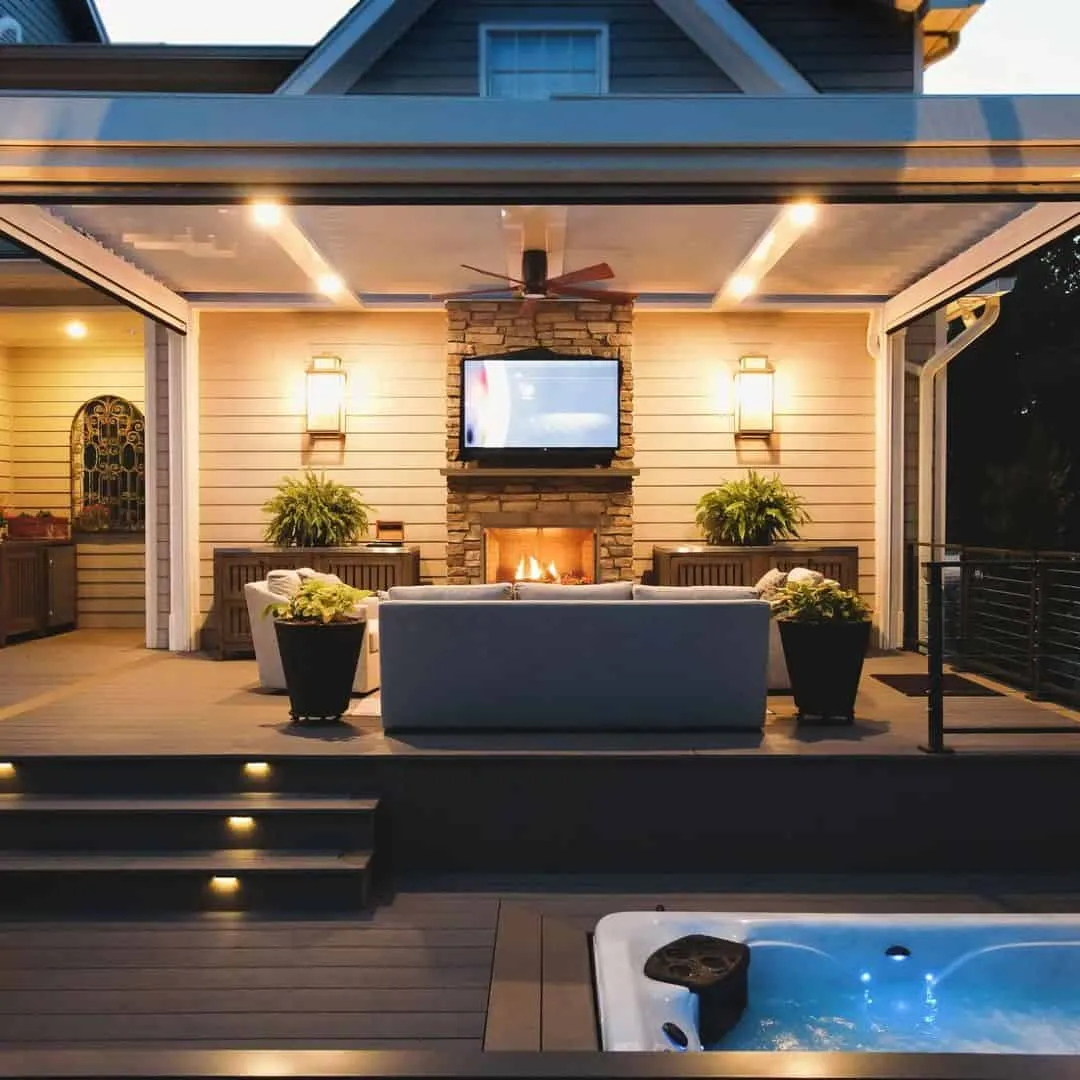 6 Essential Lighting Fixtures to Enhance Your Deck or Balcony Experience
6 Essential Lighting Fixtures to Enhance Your Deck or Balcony Experience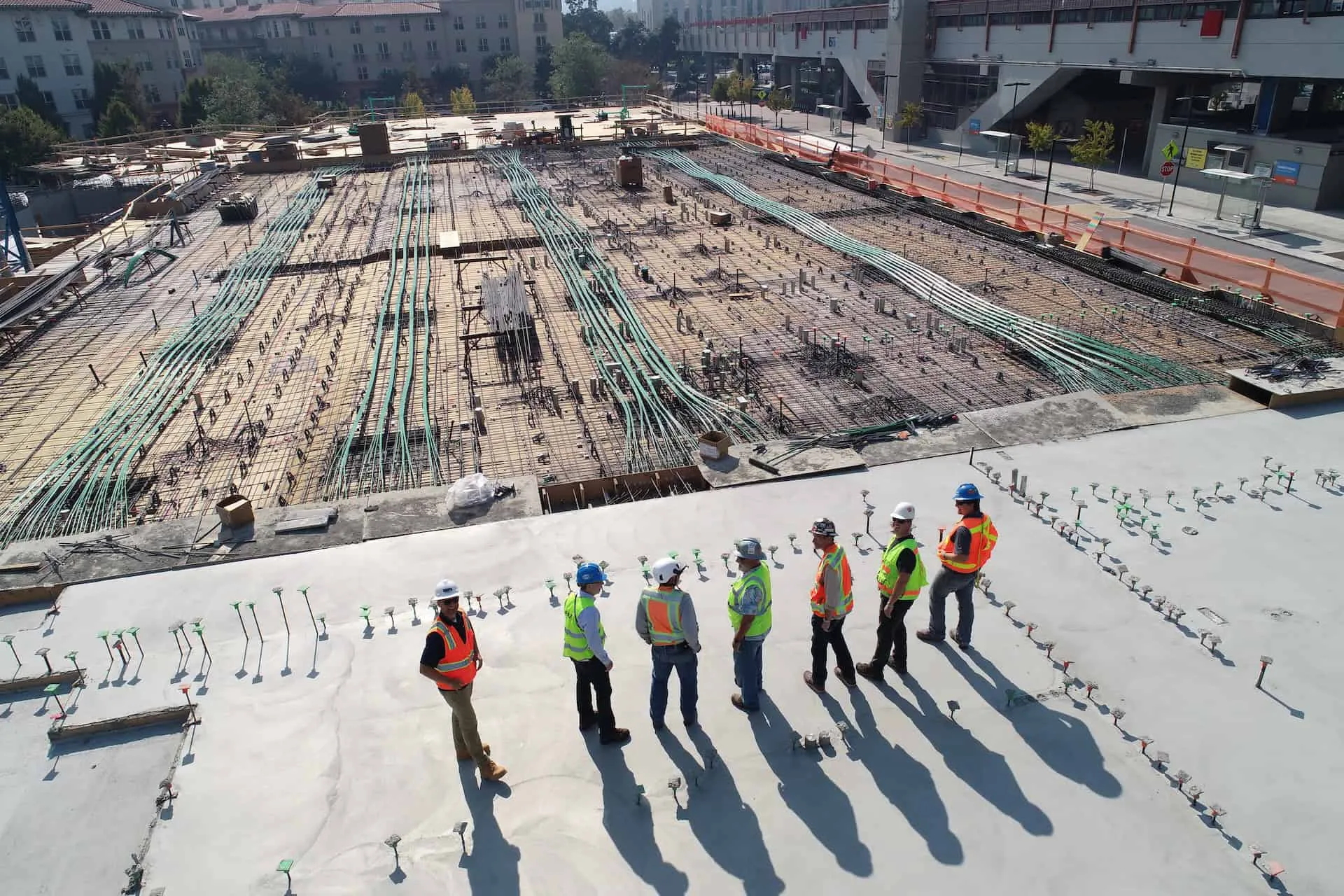 6 Tips After Construction That May Come in Handy
6 Tips After Construction That May Come in Handy 6 Practical Ways to Improve Your Home
6 Practical Ways to Improve Your Home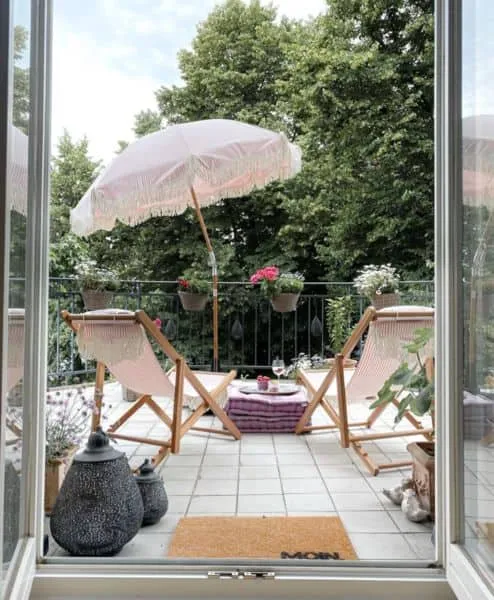 6 Printed Loungers to Bring Life to Your Balcony
6 Printed Loungers to Bring Life to Your Balcony 6 Professional Tips for Caring for Plaster Walls
6 Professional Tips for Caring for Plaster Walls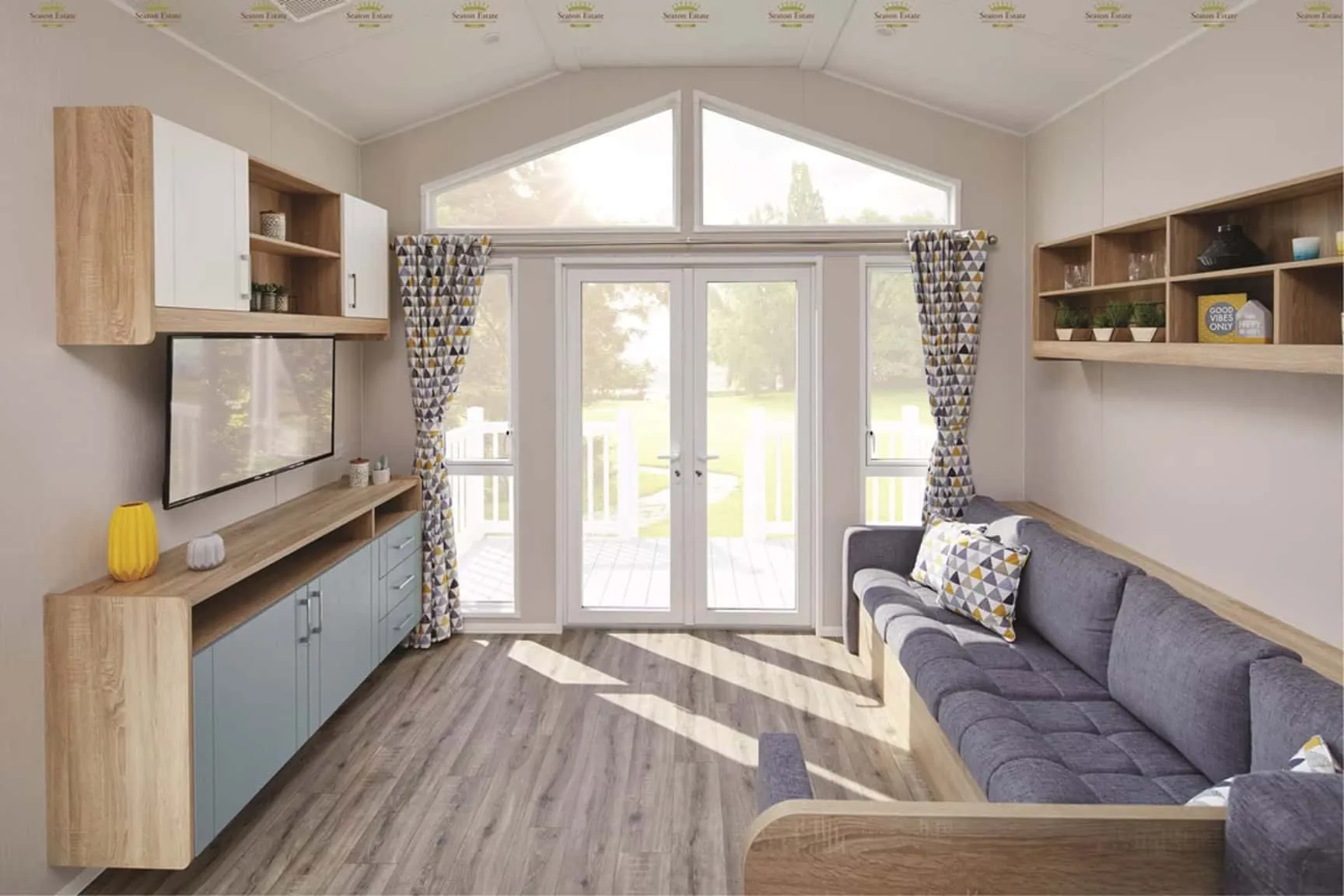 6 Reasons to Choose French Doors
6 Reasons to Choose French Doors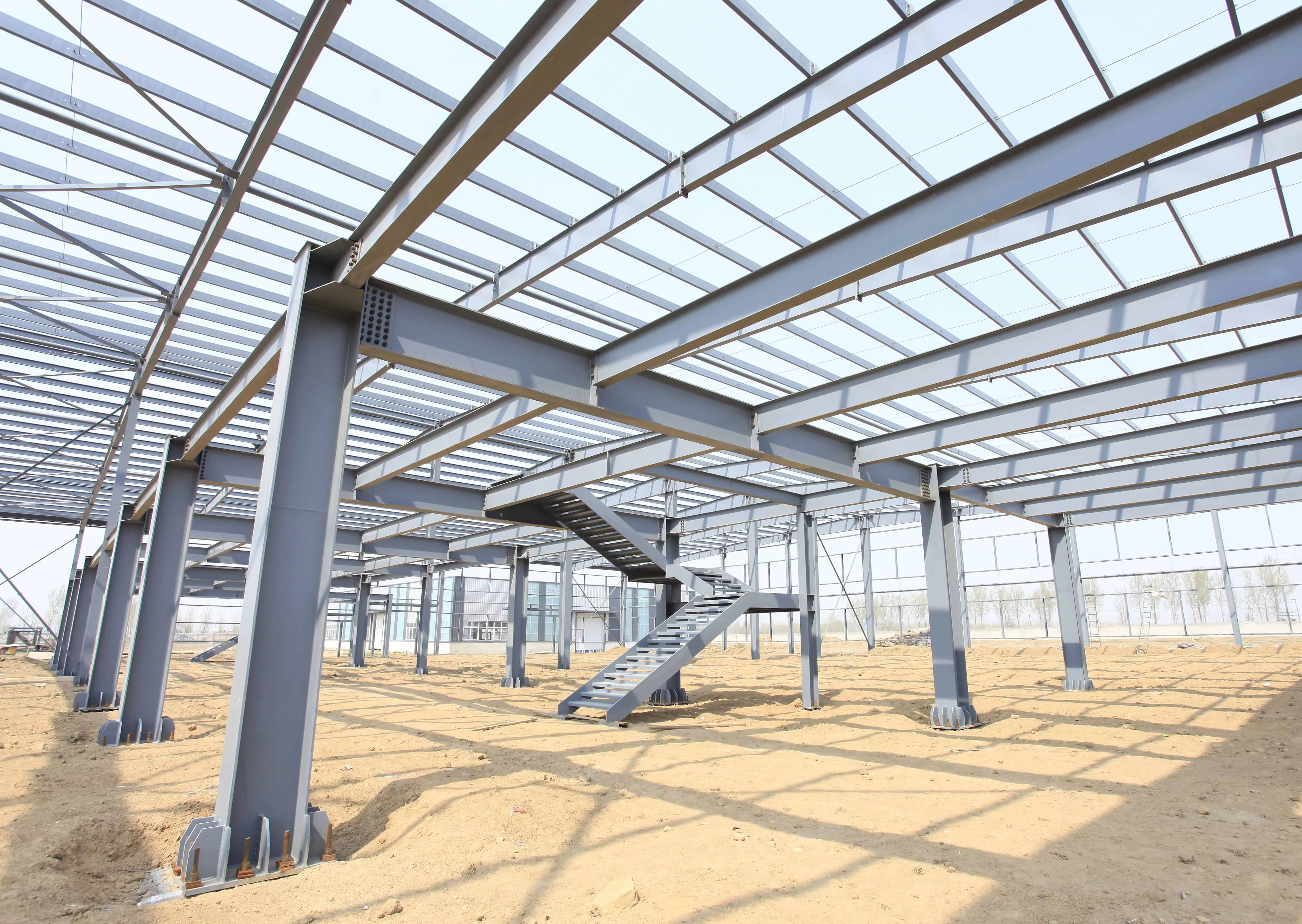 6 Reasons Why Steel Is an Attractive Material for Construction
6 Reasons Why Steel Is an Attractive Material for Construction